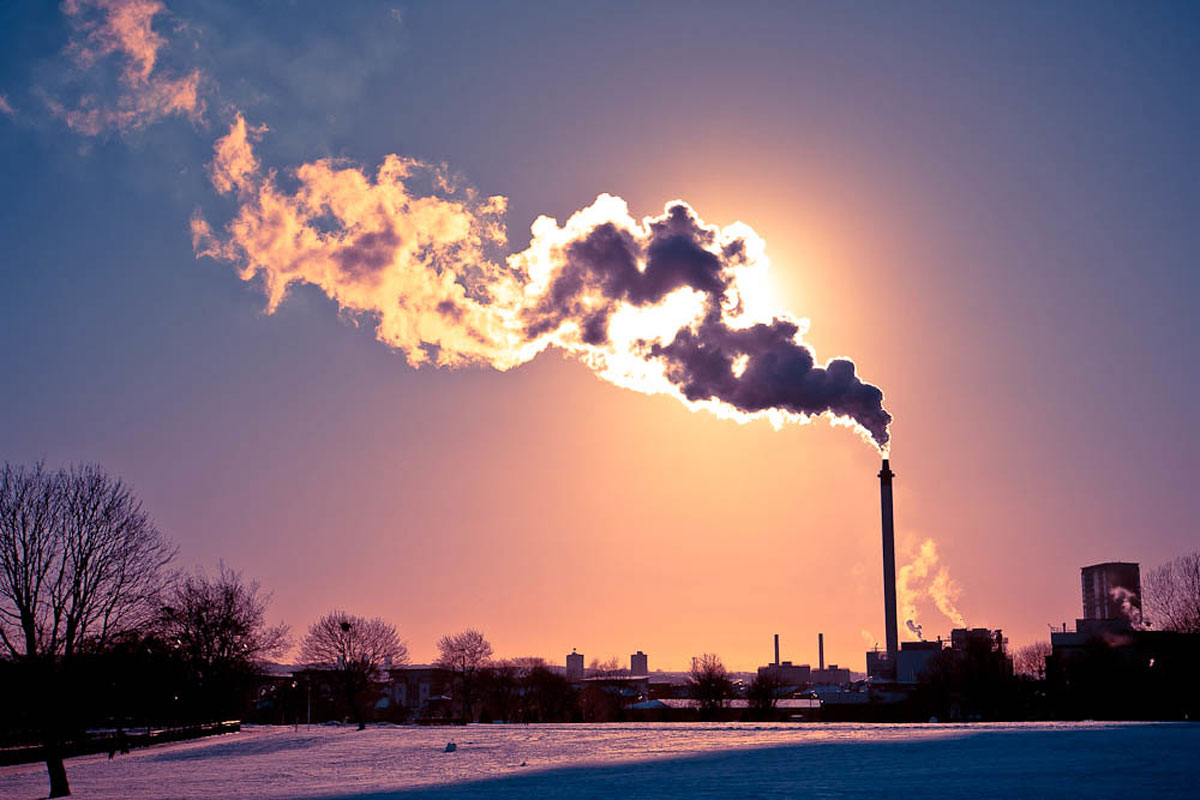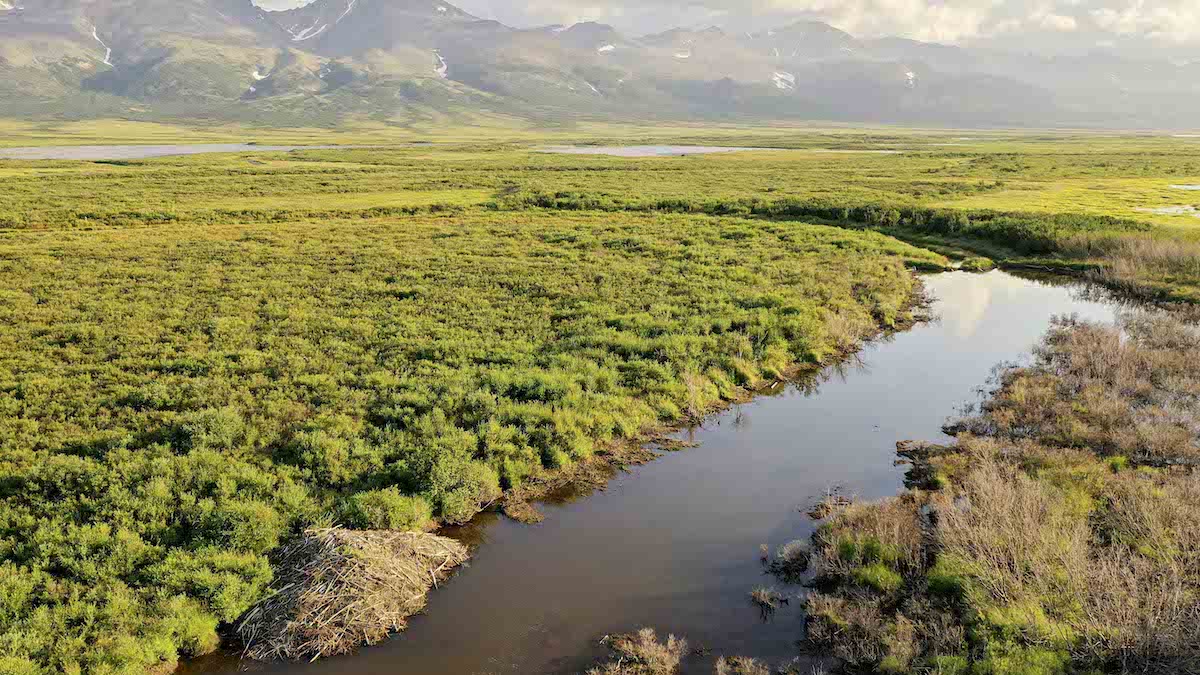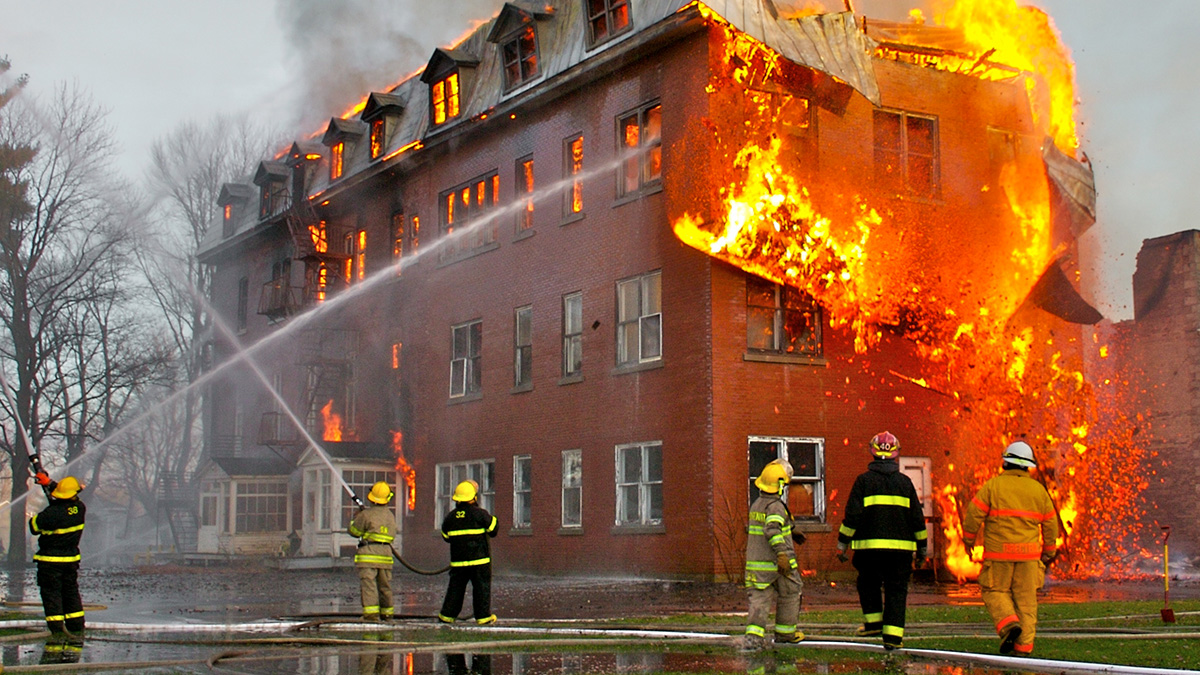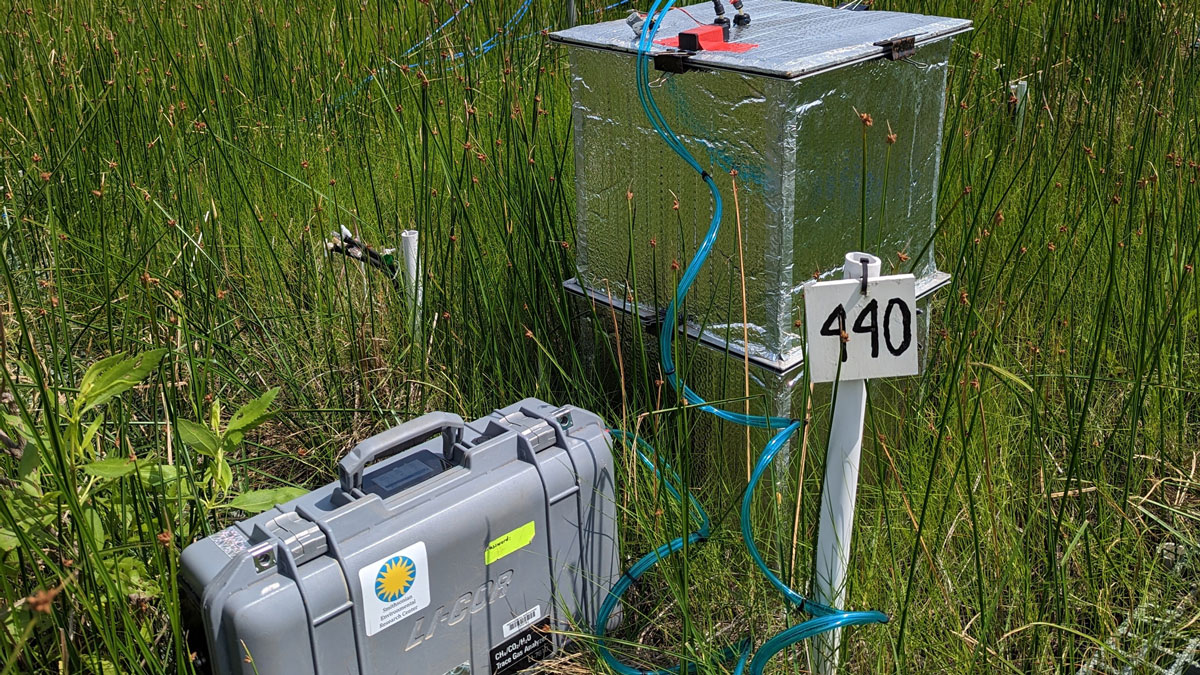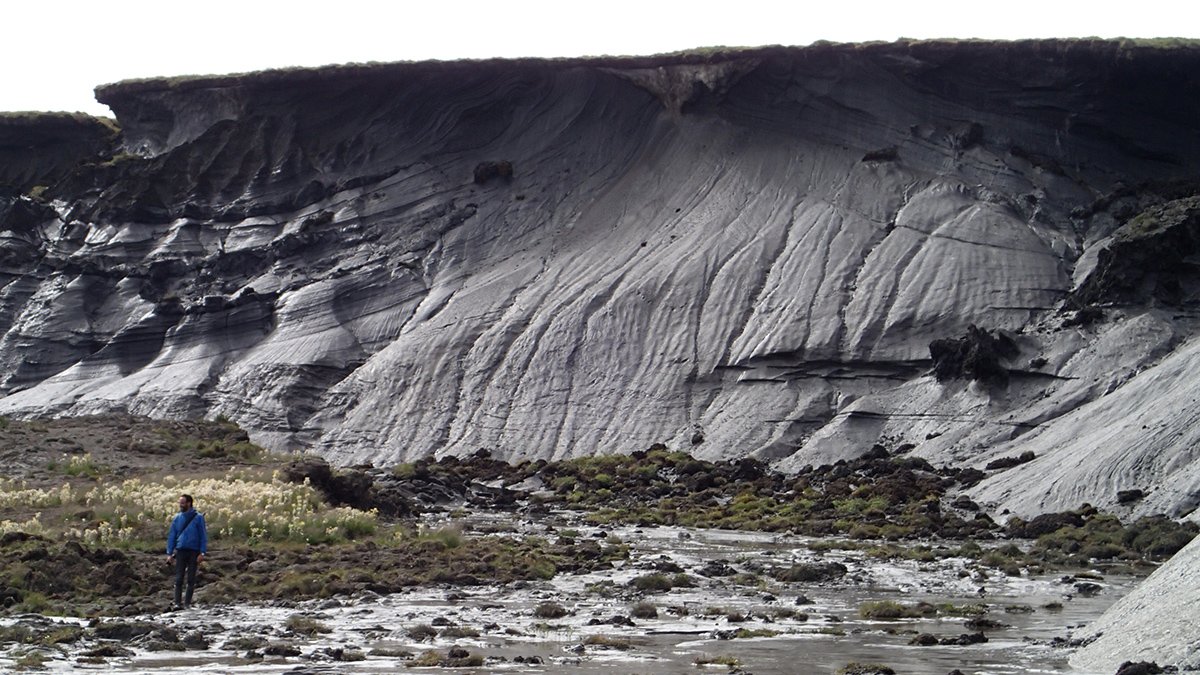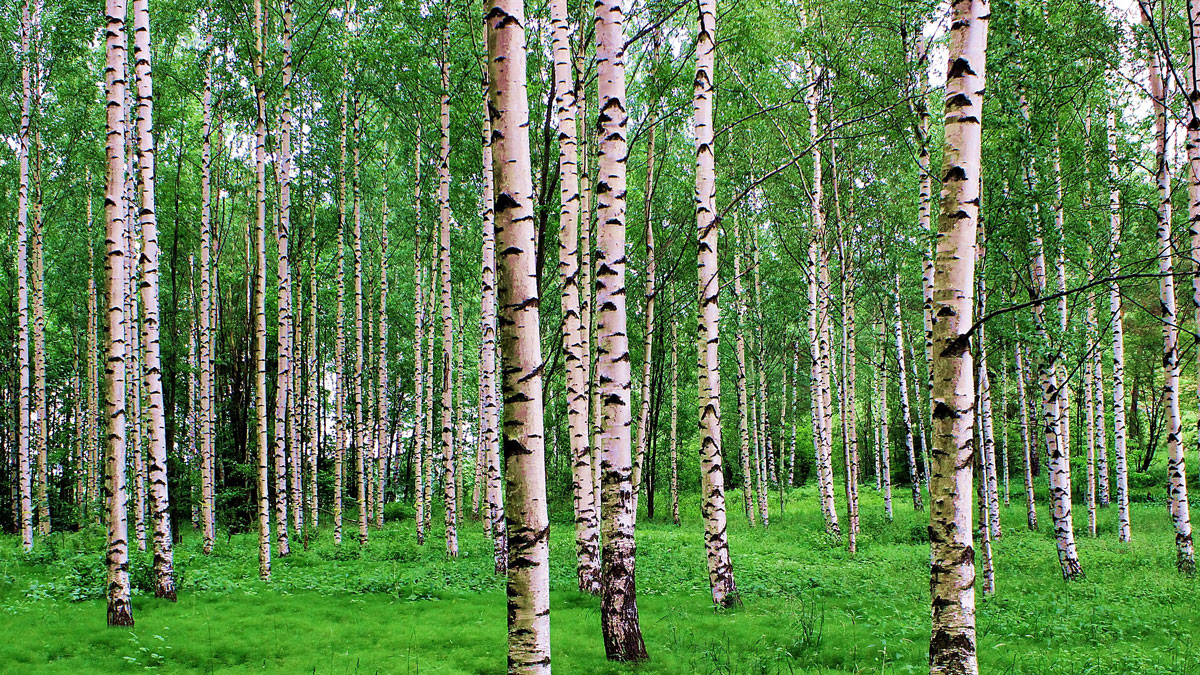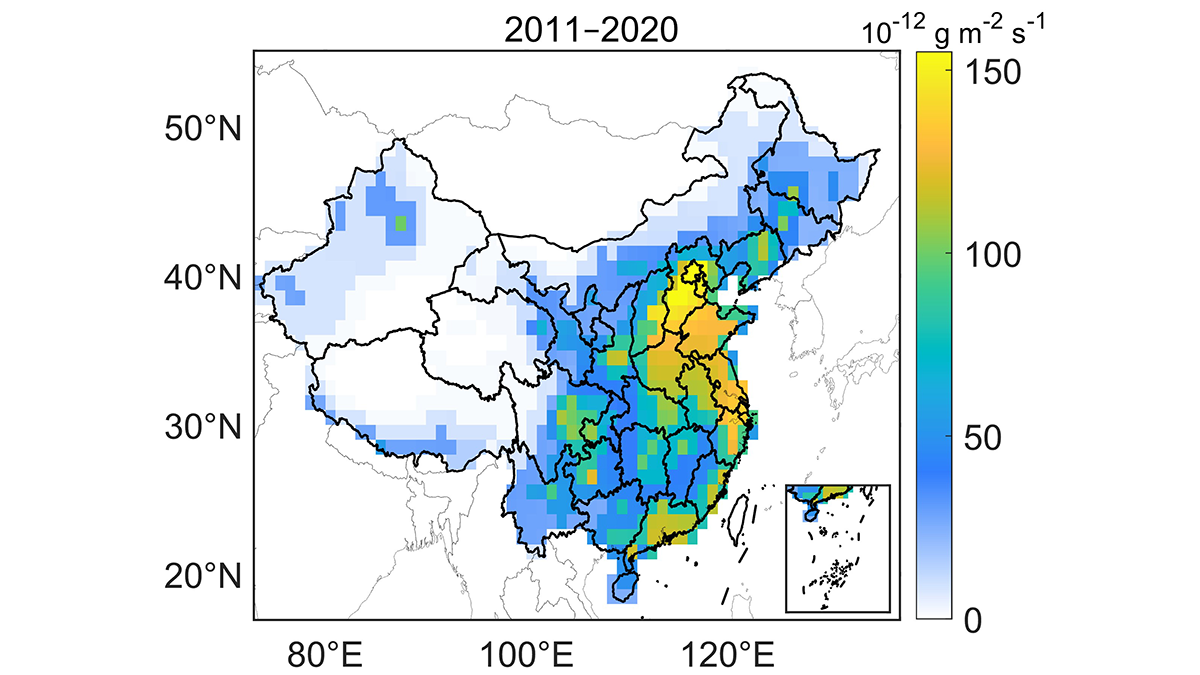Anthropogenic aerosol emissions may be a culprit behind weakening jet streams and weather systems in the Northern Hemisphere.
greenhouse gases
Cooking with Gas Creates Unhealthy Work Environments
Even with ventilation, commercial kitchens can have air pollution levels that exceed health-related limits.
Arctic Beavers Advance North and Accelerate Permafrost Thaw
As beavers build dams in new areas, they impound water, warming permafrost adjacent to their ponds.
Why Wildfires Started by Humans, Cars and Power Lines Can Be More Destructive and Harder to Contain
While climate change sets the stage for larger and more intense fires, humans are actively fanning the flames.
New Software Package Helps Scientists Find Flux
An easy-to-use R package offers a more efficient way to sort through and analyze data about greenhouse gas levels collected in static chamber experiments.
Clumped CO Isotopes – New Tracers for Atmospheric Chemistry
A new study reports the first measurements of 13C18O in atmospheric carbon monoxide (CO) and show their variations reflect chemical ‘aging’ consistent with predicted kinetic isotope effects.
Thawing Permafrost Is Affecting Climate, but It’s Unclear by How Much
Models produce widely varying estimates of how ecosystems in the northern permafrost region are currently affecting the global greenhouse gas budget.
Scientists Present Europe’s New Greenhouse Gas Budget
The greenhouse gas budget developed for Europe highlights carbon sources and sinks across the continent and will serve as a baseline for years to come.
Microbes in Tree Bark Absorb Millions of Tons of Methane Each Year
New findings suggest that reforestation efforts could have a bigger—and more positive—climate impact than previously estimated.
Need for Better Accounting of CFC-12 Emissions from China
New observations show that bottom-up tracking of CFC-12 emissions from China are underestimated, illustrating the need for better accounting for reductions from the Montreal Protocol.

